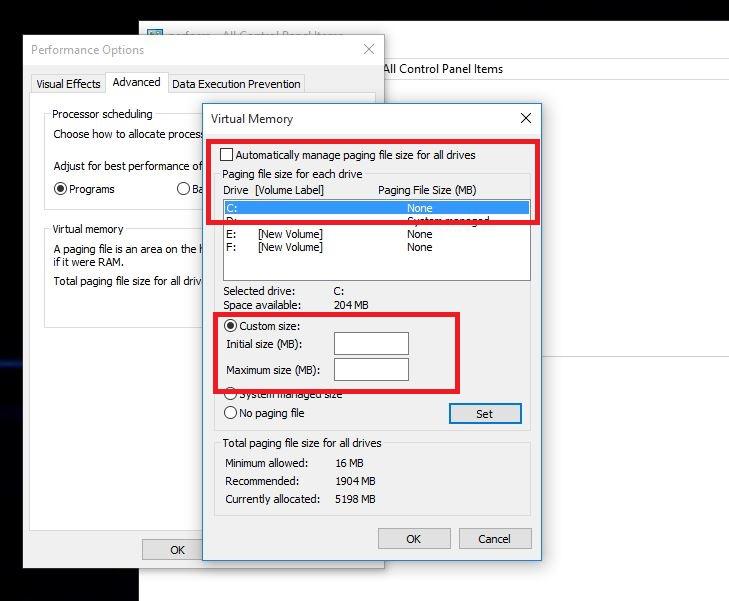


Once done restart your computer and check the windows 10 performance. Pro tip: If your computer is still slow after the SFC scan, run DISM restore health command DISM /Online /Cleanup-Image /RestoreHealth that help repair system image. The system file checker utility start scan the system for missing corrupted system files if found any it will restore them with correct ones.Once Command Prompt is up, type “sfc /scannow” (no quotes), then hit Enter.If prompted to give permission to the app, click Yes.Right-click Command Prompt from the results, then select Run as Administrator.On start menu Search box, type “Command Prompt” (no quotes).That not only optimize system performance but also fix various problems on Windows 10. Run the build in system file checker utility that automatically scan and restore missing files with correct one. Repair corrupted system filesĪs discussed before if windows system files corrupted or missing you might experience a different error on Windows 10, System freezes not responding issue. Perform a full system scan with the latest updated antivirus or antimalware application to make sure Virus or malware infection not consuming the system resources that make Windows 10 slow. Restart your PC and see if it seems to run better. it also searches for the latest device drivers, which can also help improve your PC’s performance. Let’s first cover few troubleshooting tips that fixes the problem, then tweak some settings that optimize windows 10 performance.įirst of all check for and install windows update, may the latest cumulative update has the bug fix for this problem.


 0 kommentar(er)
0 kommentar(er)
